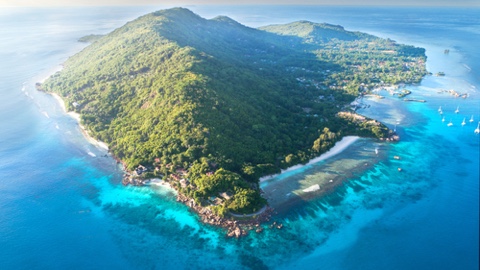
The Seychelles – an archipelago in the Indian Ocean off East Africa – is launching a new program – ‘Smart Energy in Public Spaces’ – focusing on energy efficiency in state buildings and street lighting. Plans include the installation of 10,000 LED street lamps by 2020 across the three main islands: Mahe, Praslin and La Digue. The program is expected to help Seychelles reduce its reliance on fossil fuels, expand its renewable energy portfolio, and modernize the grid network to better handle emerging smart grid technologies.
“The same program will also provide all the public schools with solar photovoltaic panels and other accessories for them to meet the school’s energy needs,” said the Minister of Environment, Energy and Climate Change, Didier Dogley. “The world is going through an energy revolution and we must make sure as a nation we profit from the technological advances being made.”
The Seychelles is highly dependent on imported oil to meet its energy needs, with 90 percent of the primary energy supply coming from imported fuel. This has prompted the government to create a number of energy efficiency programs and begin to move towards renewable energy. They allocated funds to the Seychelles Energy Commission to develop a comprehensive energy efficiency program – The Seychelles Energy Policy for 2010-2030. The policy outlines a multi-pronged approach to achieving the goal of a transition from 100 percent fossil fuel consumption to 100 percent renewable energy with a range of several types of clean energy sources including wind, solar and wave energy. The Public Utilities Corporation (PUC) will be awarding a contract for the solar photovoltaic ‘Democratization’ farm being financed by the Indian Government which will provide free energy to 300 local families. The Seychelles Energy Efficiency and Renewable Energy Program (SEEREP) is an energy management initiative providing residential households and small businesses with loans to install low-energy consuming appliances and energy management technologies. The country is also in the process of investigating the harvesting of energy from ocean waves as another viable option. Power generated from the submerged buoys would be delivered to the shore through cables, and could be exported to the grid or used for desalination plants.


